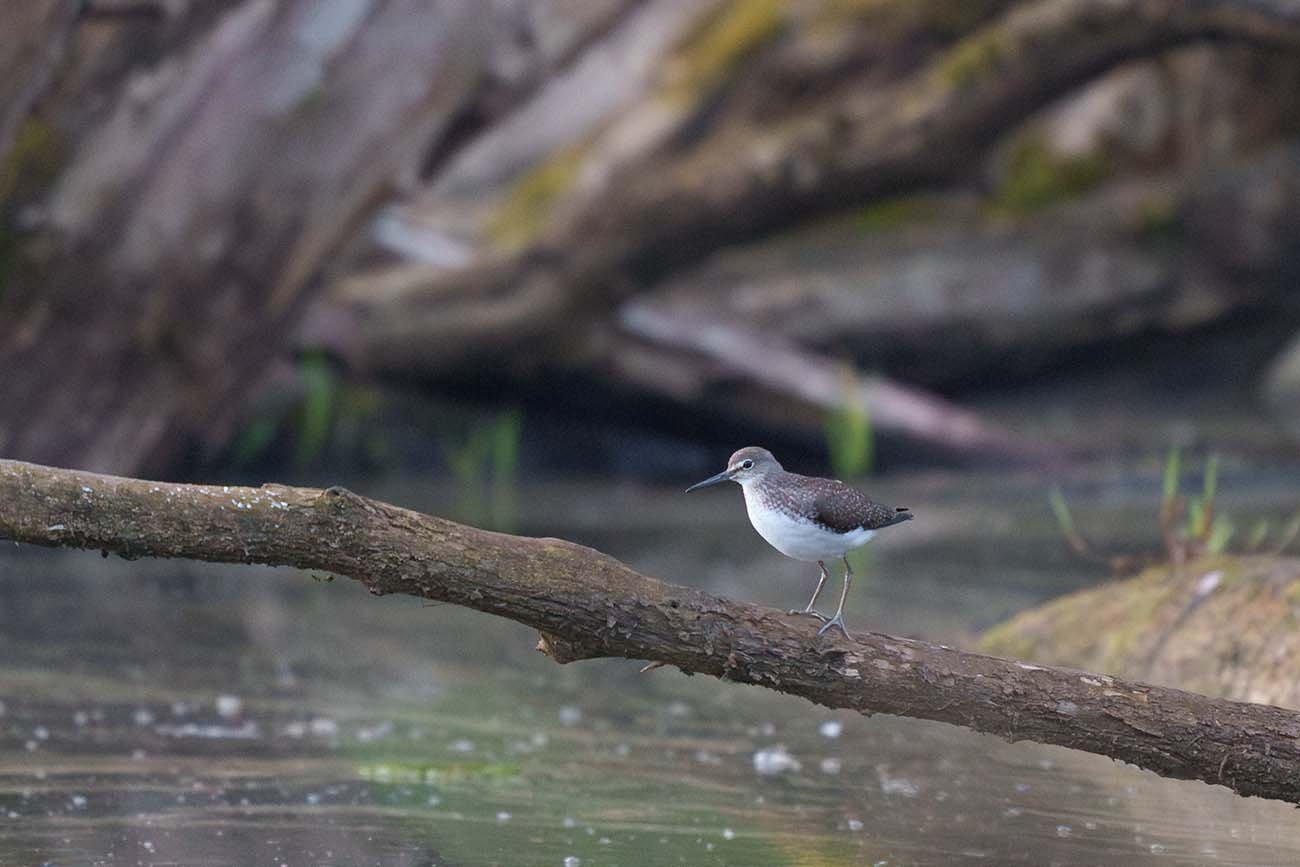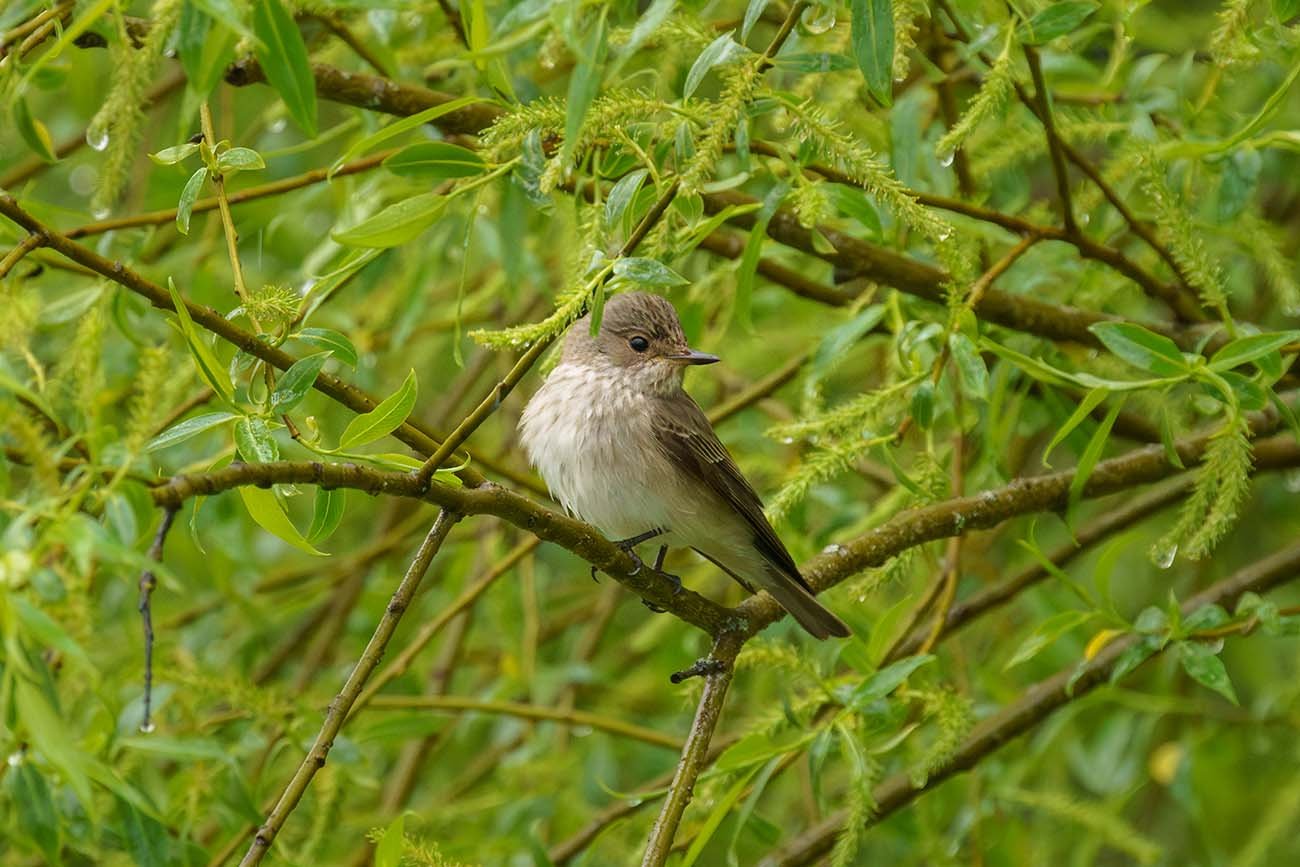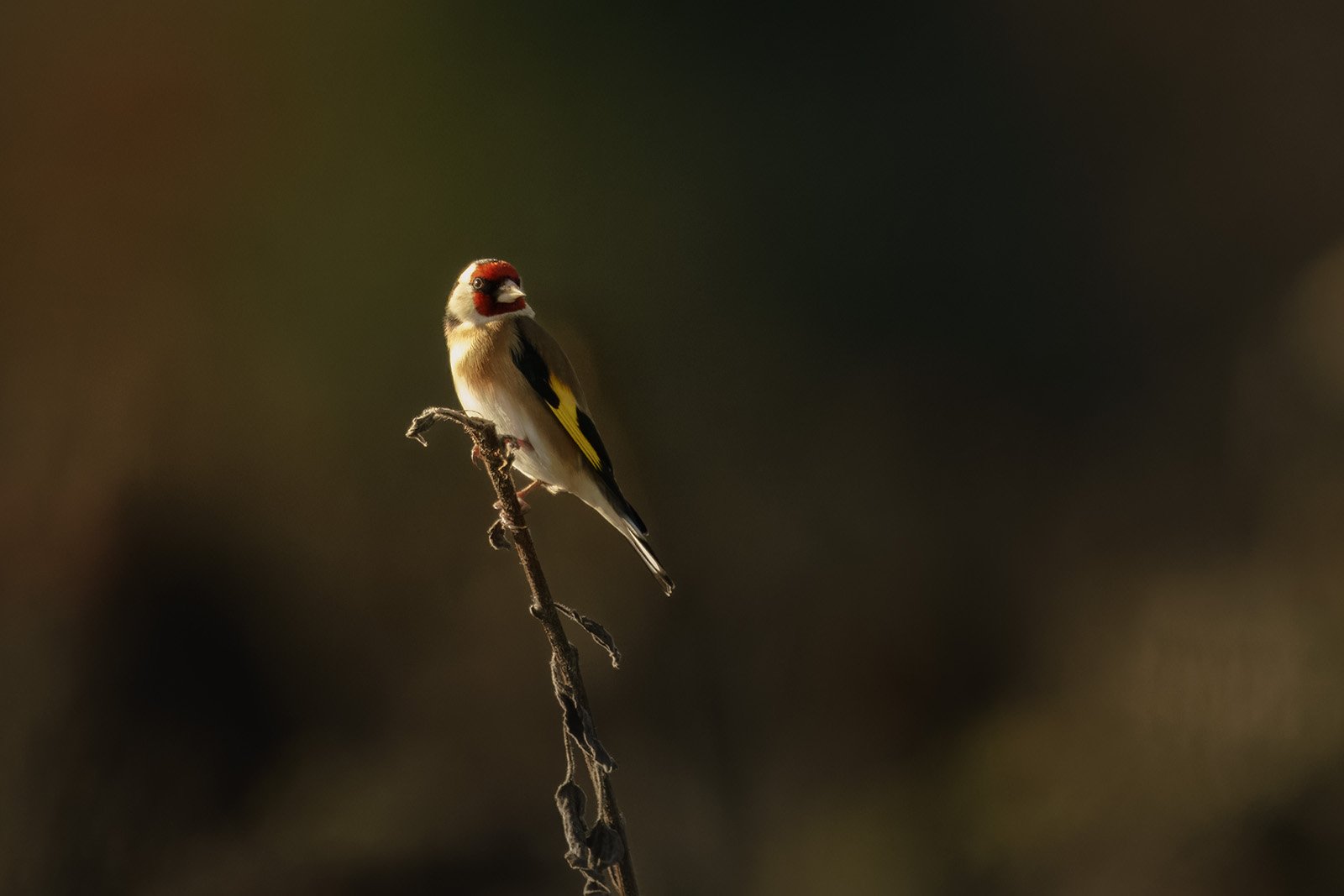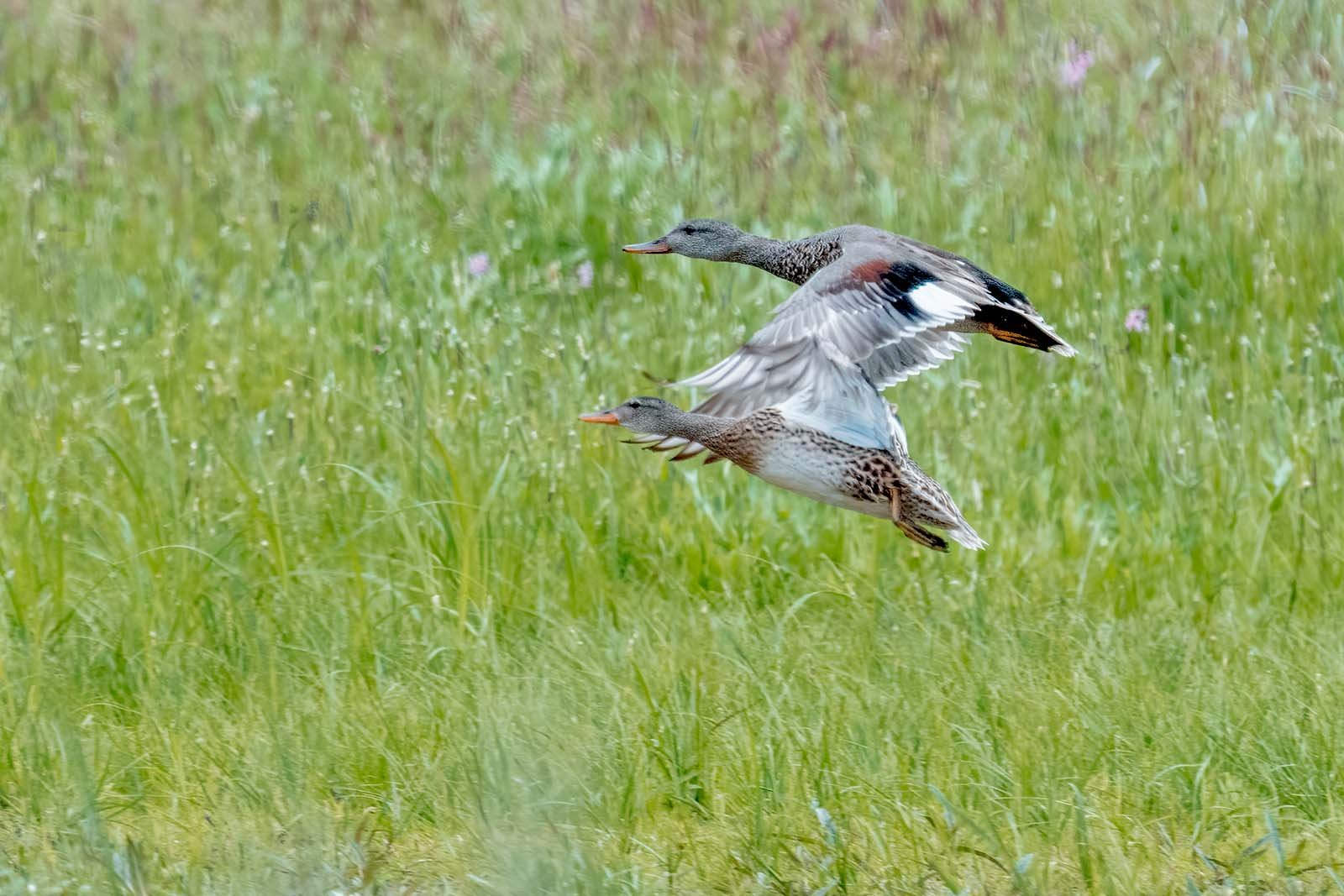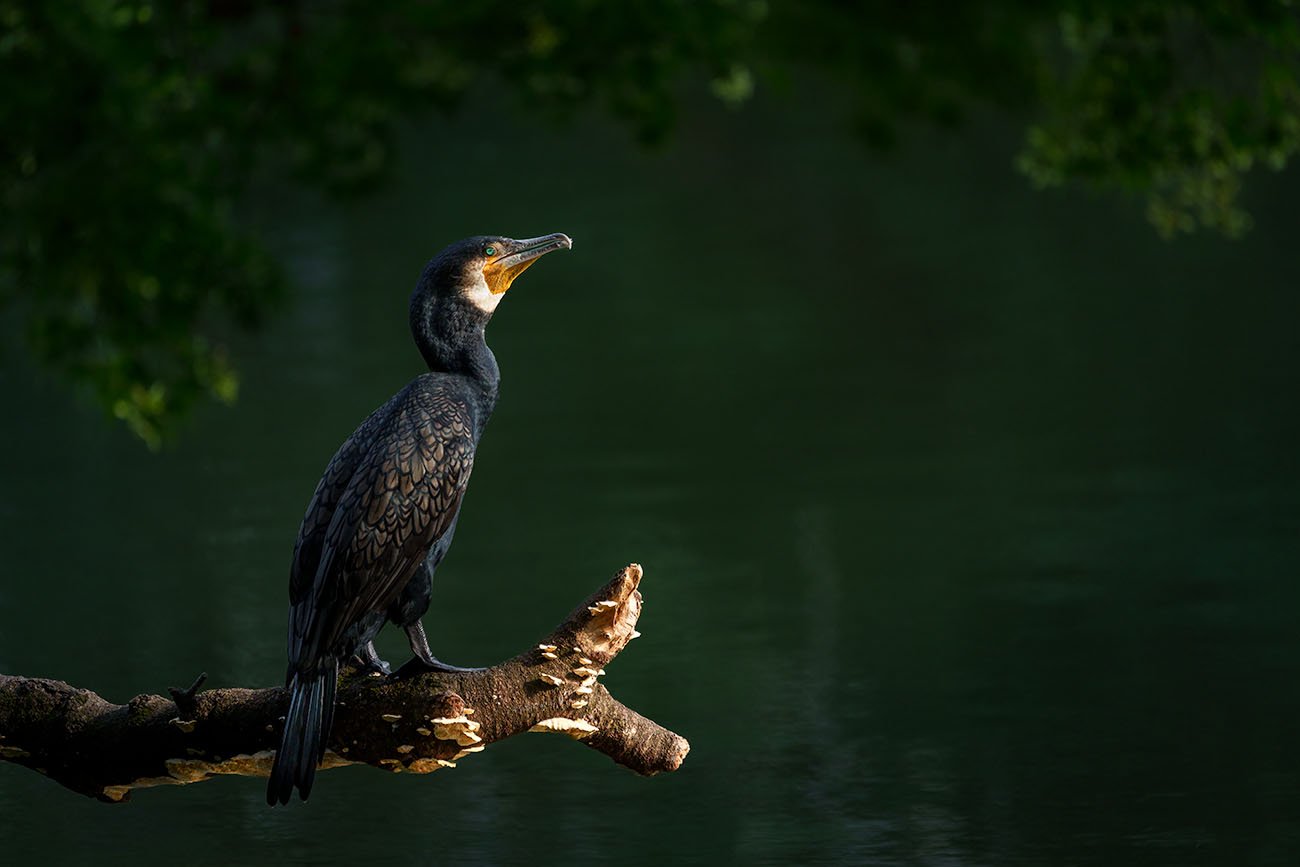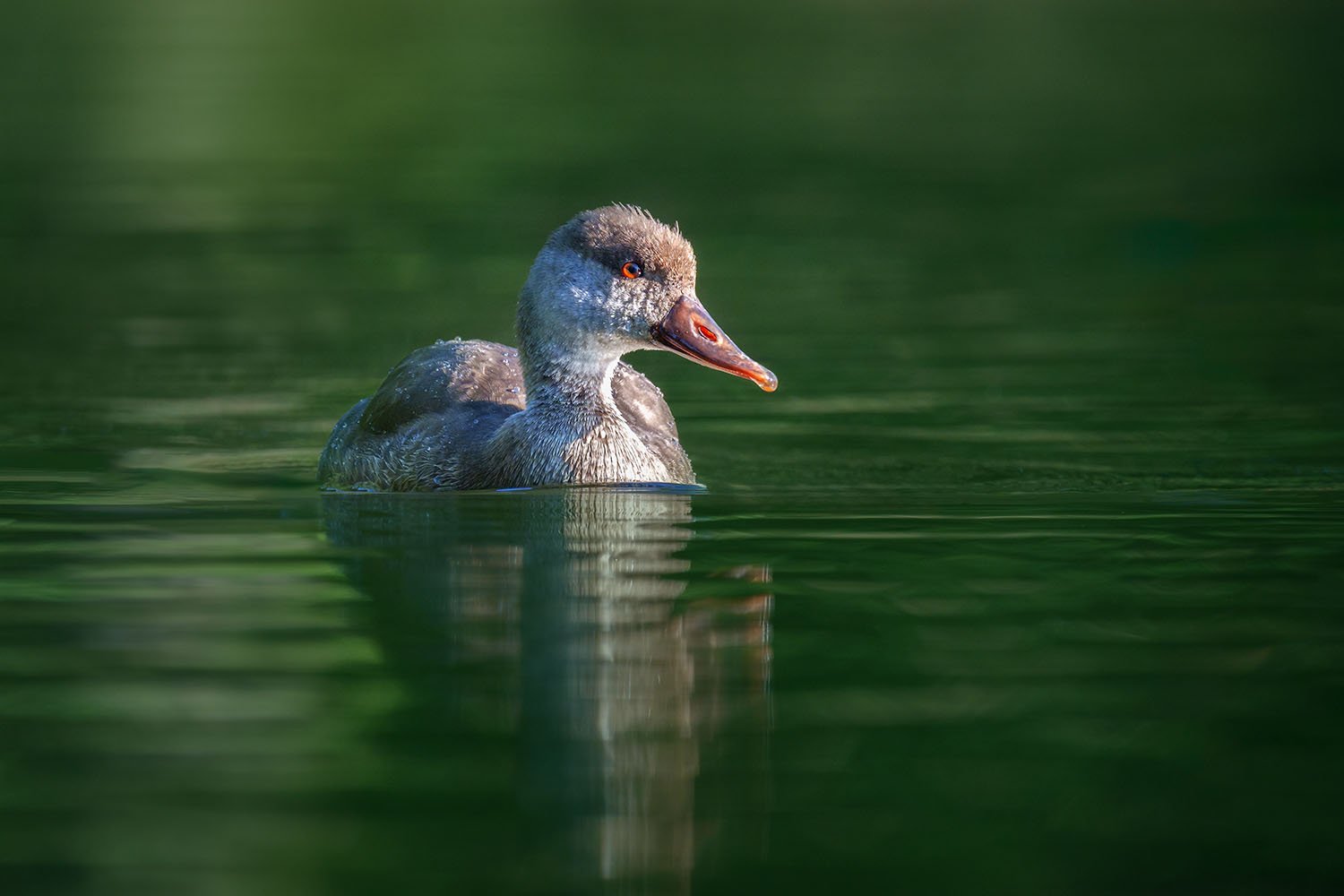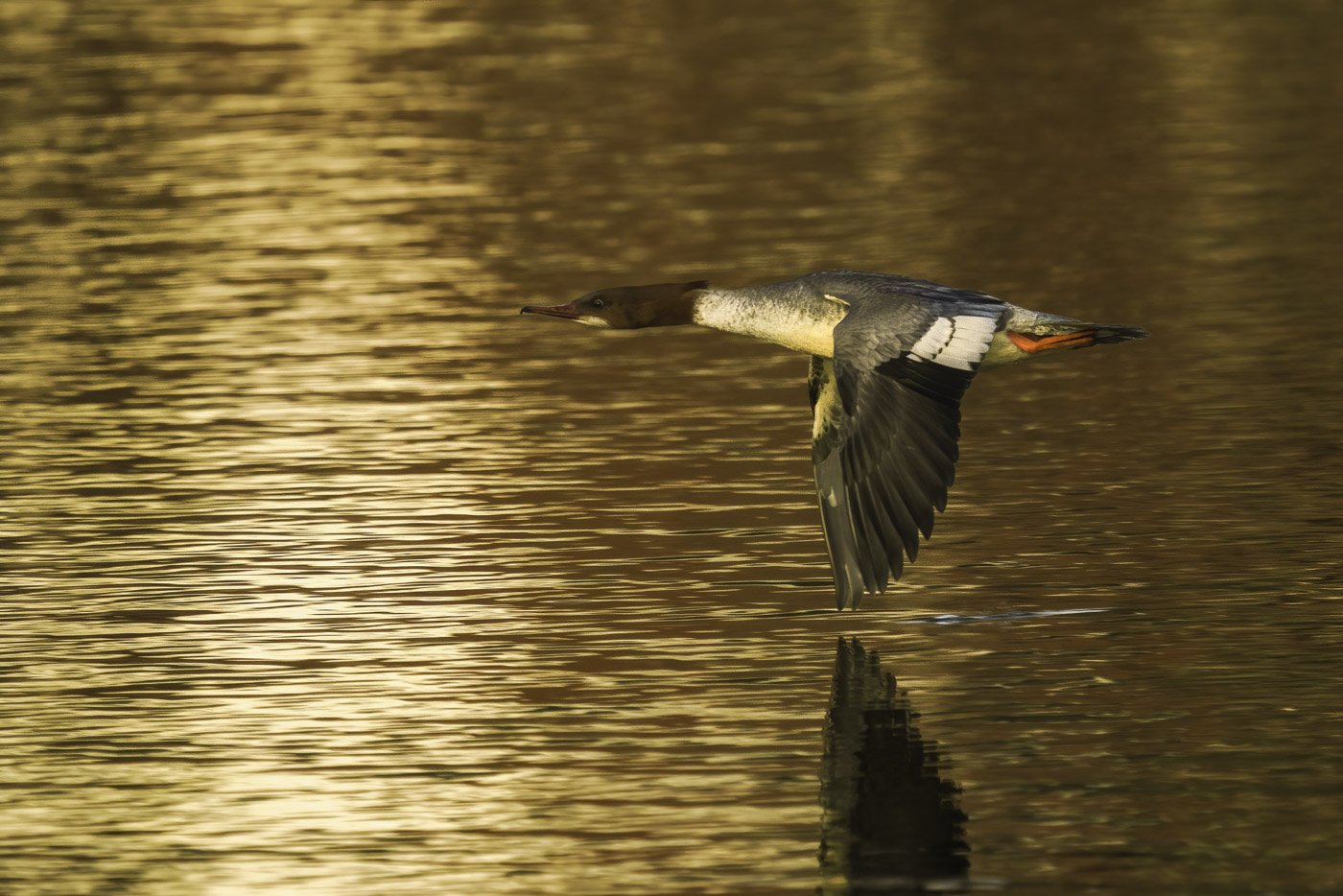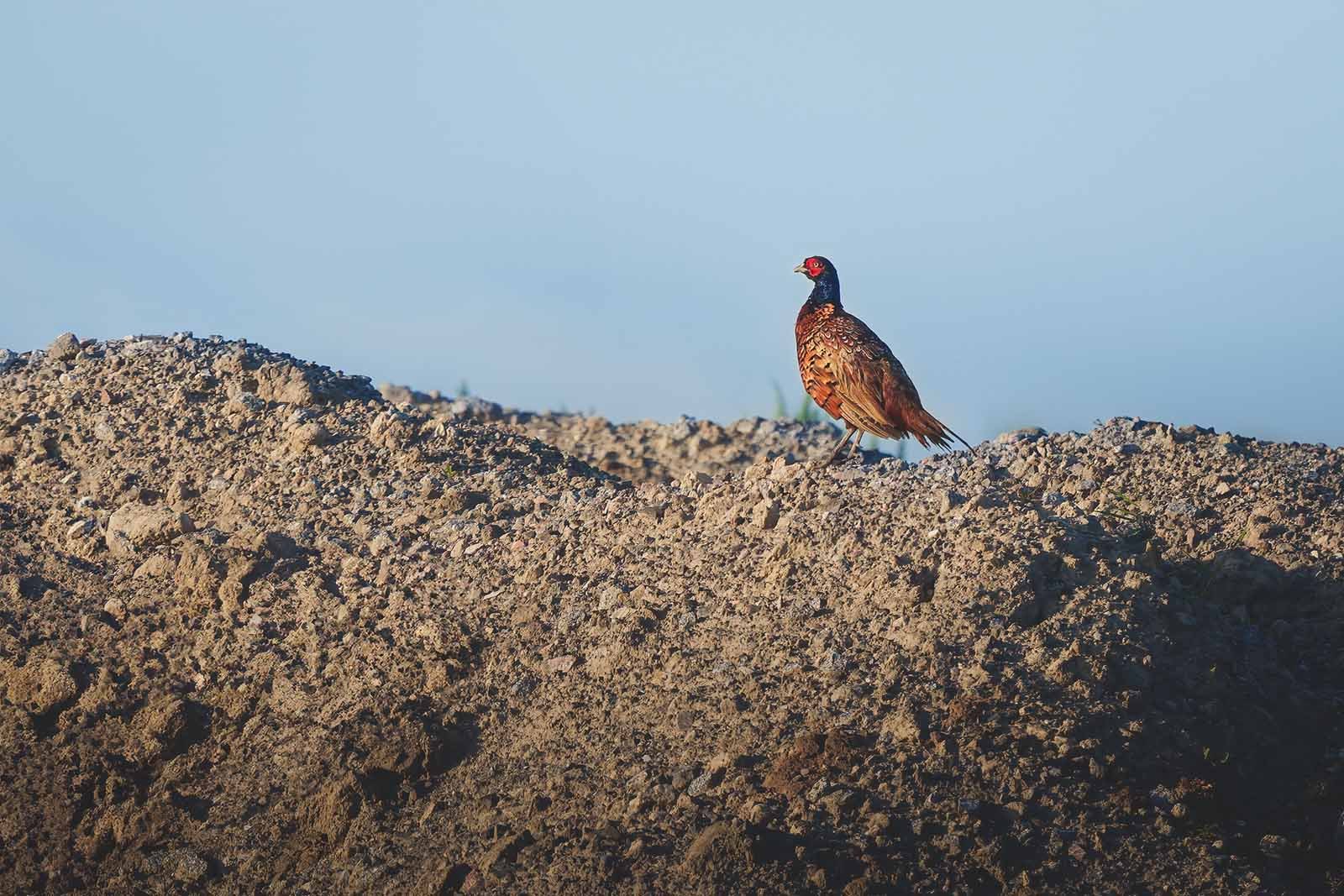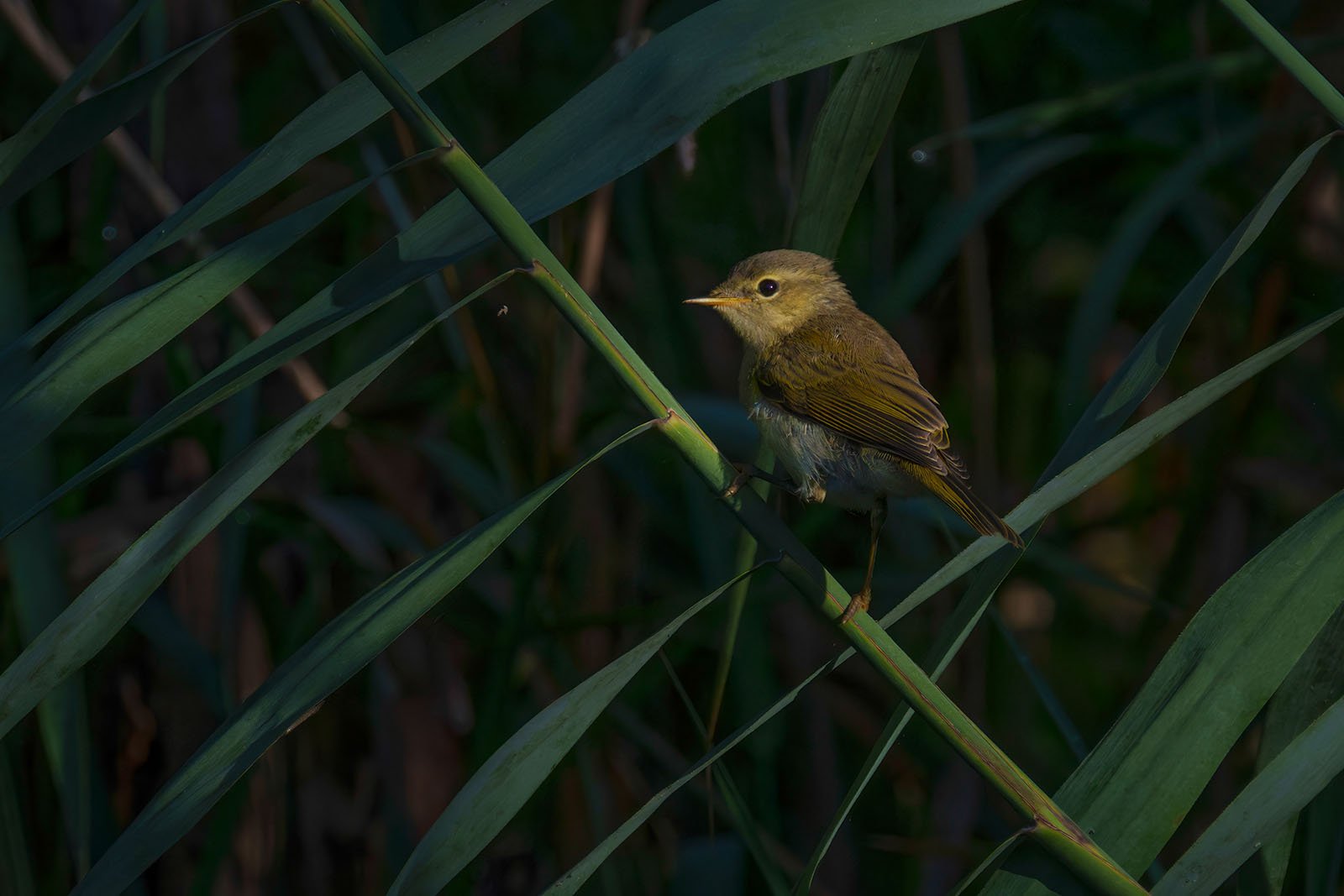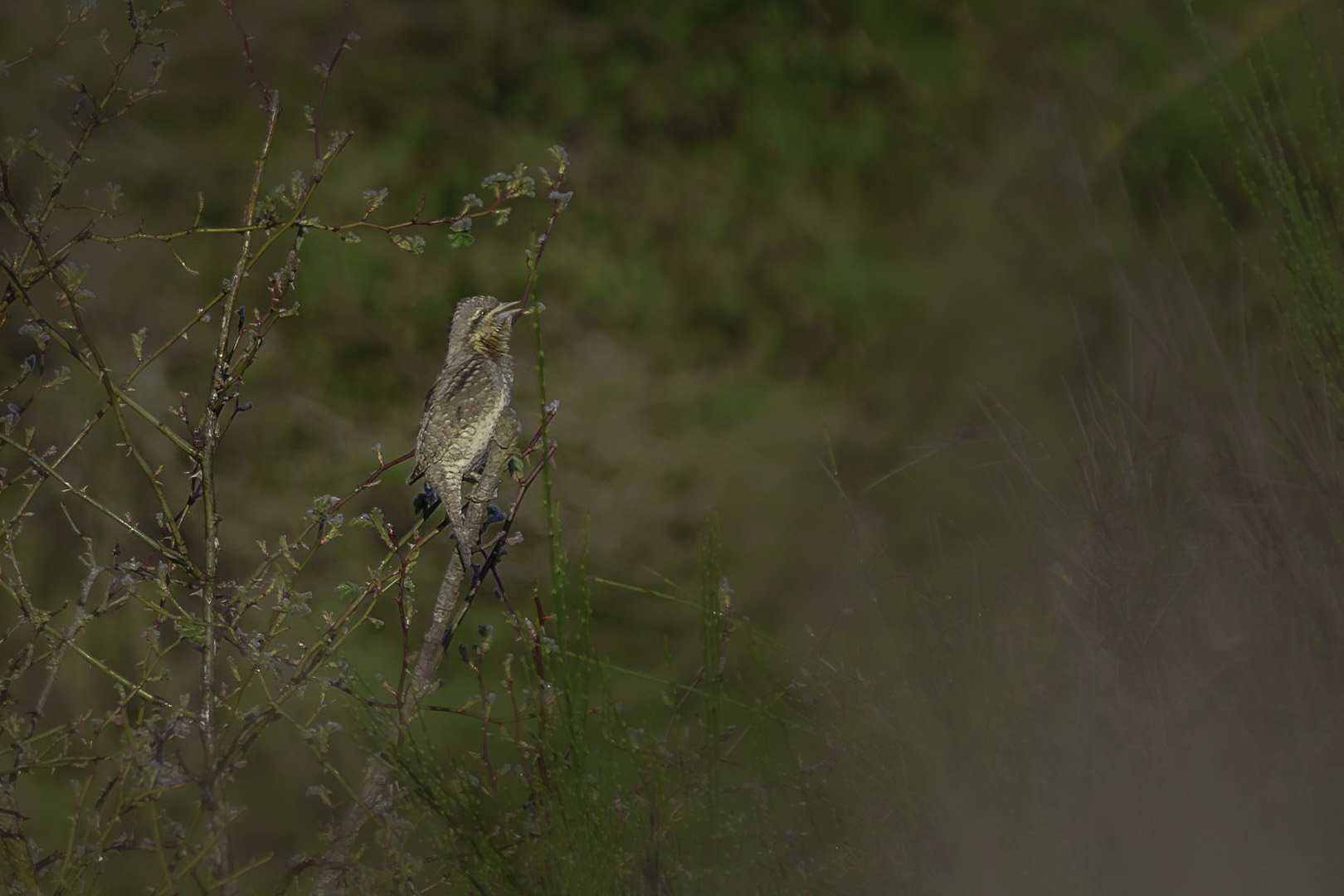Yellow Wagtail (Motacilla flava)
Yellow wagtail (Motacilla flava) in a dense field
Yellow Wagtail (Motacilla flava) – The Colourful Meadow Bird
Key Facts:
- Size: 15–16 cm
- Features: Yellow underside, greenish upper body, blue-grey head in males (Central European subspecies); females are paler
- Habitat: Open meadows, wetlands, pastures, often found in moorlands and heathlands
- Breeding: Nests well-hidden in ground vegetation, often in grass or cereal fields
- Diet: Insects and their larvae, collected from the ground or just above it
The Yellow Wagtail is a social songbird often seen in larger flocks during migration. Its vibrant colours and lively movements make it easy to recognise.
Table of Contents
- Introduction: The Yellow Wagtail – A Bird of Open Landscapes
- Features and Appearance: How to Identify the Yellow Wagtail
- Habitat and Distribution: Where Does the Yellow Wagtail Live?
- Behaviour and Diet: An Agile Insect Hunter
- Breeding: Well-Hidden Nests in Ground Vegetation
- FAQ: Frequently Asked Questions about the Yellow Wagtail
- Shortlist – Colour Features
Introduction: The Yellow Wagtail – A Bird of Open Landscapes
The Yellow Wagtail is a small, colourful songbird known for its bright yellow feathers and lively behaviour. It is commonly found in open meadows and wetlands and is especially noticeable during migration when it gathers in larger groups. Its characteristic tail-wagging movement makes it easy to spot as it forages on the ground for insects.
Features and Appearance: How to Identify the Yellow Wagtail
The Yellow Wagtail stands out due to its contrasting colours and elegant body shape.
Feathers:
- Male (Breeding Plumage): Males of the Central European subspecies have a bright yellow underside that stretches from the belly to the chest. The upper body is a greenish-olive colour, blending well with the meadows and fields where the bird lives. The head is blue-grey, creating a striking contrast with the yellow chest. The wings are brownish and relatively plain.
- Females and Juveniles: Females and juveniles are less colourful, with a paler yellow underside and a muted greenish-brown upper body. This helps them stay camouflaged in their surroundings.
Beak:
The narrow, pointed beak is blackish-brown. It is perfectly shaped to catch insects, which are the bird's main food source.Eyes:
The dark eyes are small and encircled by a faint light eye ring, giving the bird a lively and curious look.Feet:
The blackish feet are delicate yet strong enough to support the bird as it moves across damp meadows and fields. The wagtail’s feet also contribute to its distinctive tail-wagging walk.
Habitat and Distribution: Where Does the Yellow Wagtail Live?
The Yellow Wagtail prefers open landscapes such as meadows, wetlands, and pastures. It is frequently found in moorlands and heathlands, foraging for insects. This bird is widespread and can be found near farmland as well as in natural areas. Grass and cereal fields are often chosen as nesting sites.
Behaviour and Diet: An Agile Insect Hunter
The Yellow Wagtail is an agile hunter that feeds primarily on insects and larvae, which it collects from the ground or just above. Its quick movements and tail-wagging behaviour are typical as it searches for food. The wagtail is often seen in small flocks, especially during migration, displaying very social behaviour.
Breeding: Well-Hidden Nests in Ground Vegetation
The Yellow Wagtail builds its nest in dense ground vegetation, often in grass or cereal fields. The nest is made from grass and plant fibres, lined with soft materials like hair. Females typically lay four to six eggs, which are well-camouflaged in the vegetation. Both parents share in raising the young, with females doing most of the incubation.
FAQ: Frequently Asked Questions about the Yellow Wagtail
1. Where can I best see the Yellow Wagtail?
You can find the Yellow Wagtail in open meadows, pastures, and wetlands, especially in spring and summer.
2. What does the Yellow Wagtail eat?
It mainly feeds on insects and larvae, which it hunts on the ground or just above it.
3. How can you tell the difference between a male and female Yellow Wagtail?
Males have a bright yellow underside and a blue-grey head, while females are paler and lack the strong contrast.
4. When is the best time to see Yellow Wagtails?
The best time to observe them is during the breeding season in spring and summer, as well as during migration, when they often gather in large flocks.
5. Where does the Yellow Wagtail build its nest?
It builds its nest in ground vegetation, often well-hidden in grass or cereal fields.
Shortlist – Colour Features
- Size: 15–16 cm
- Underside: Bright yellow (male), paler yellow (female)
- Upper body: Greenish-olive (male), brownish (female)
- Head: Blue-grey (male), greenish-brown (female)
- Wings: Brownish
- Beak: Narrow, pointed, blackish-brown
- Eyes: Dark with light eye ring
- Feet: Blackish
The Yellow Wagtail is a colourful and lively bird, easily recognisable by its bright yellow plumage and distinctive tail-wagging behaviour. It is commonly found in open landscapes and wetlands, where it actively hunts for insects.


